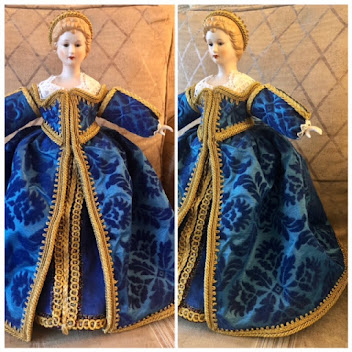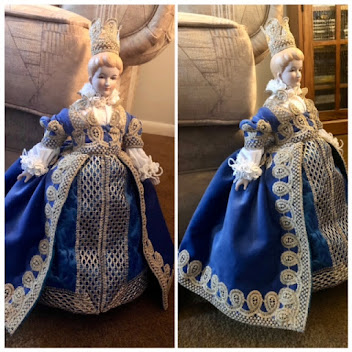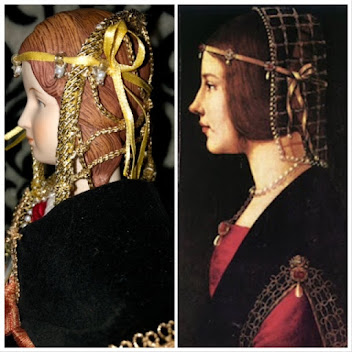 More recently, after the Arts and Sciences Kingdom Championship a few months age was over. There was a great offer of assistance to all entrants, to share their knowledge further with everyone about their respective research. Which is a brilliant idea! The Aethelmearc Gazette is a small website about various events and happenings in my local kingdom. The SCA Kingdom of Aethelmearc, which is within the geographical region that I live to know more on that see this link. Now I am active with this group of avid medieval research enthusiasts for many years.
More recently, after the Arts and Sciences Kingdom Championship a few months age was over. There was a great offer of assistance to all entrants, to share their knowledge further with everyone about their respective research. Which is a brilliant idea! The Aethelmearc Gazette is a small website about various events and happenings in my local kingdom. The SCA Kingdom of Aethelmearc, which is within the geographical region that I live to know more on that see this link. Now I am active with this group of avid medieval research enthusiasts for many years. Now approaching the reason for writing about the prior. An article was written from my research for the Aethelmearc Gazette. Very happy with how it turned out, looks very nice and the pictures are great. Still in shock about my 3rd place finish, very flattered and humbled about doing so well. It was nice to see accumulation of hard work pay off. Here is a link to the article, please see below:
Now approaching the reason for writing about the prior. An article was written from my research for the Aethelmearc Gazette. Very happy with how it turned out, looks very nice and the pictures are great. Still in shock about my 3rd place finish, very flattered and humbled about doing so well. It was nice to see accumulation of hard work pay off. Here is a link to the article, please see below:Behind the Scenes-Kingdom A&S Championship: The Arabella Stuart Doll by THL Mairin O'Cadhla
Always Thankful,
THL Mairin O'Cadhla






No comments:
Post a Comment